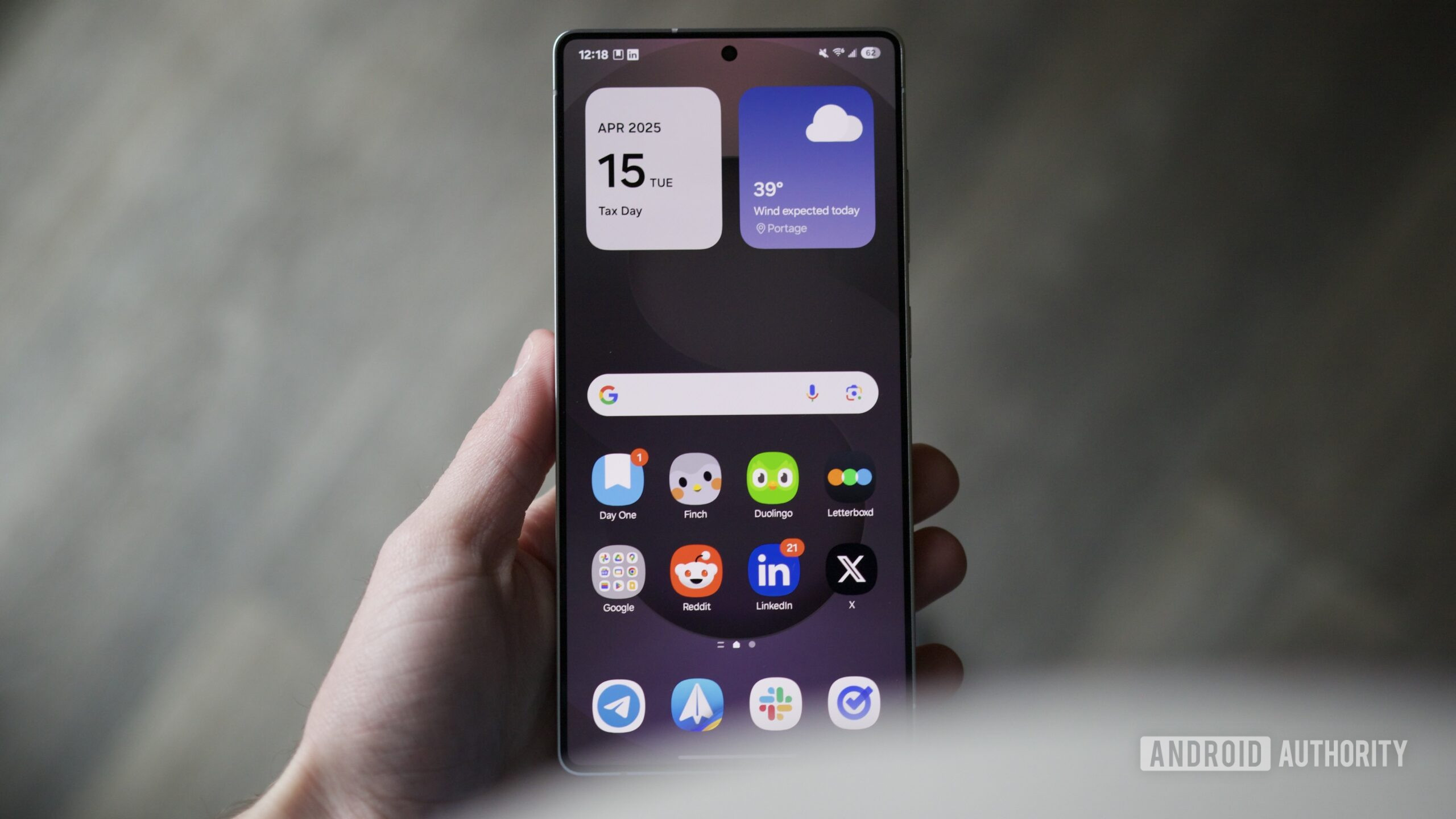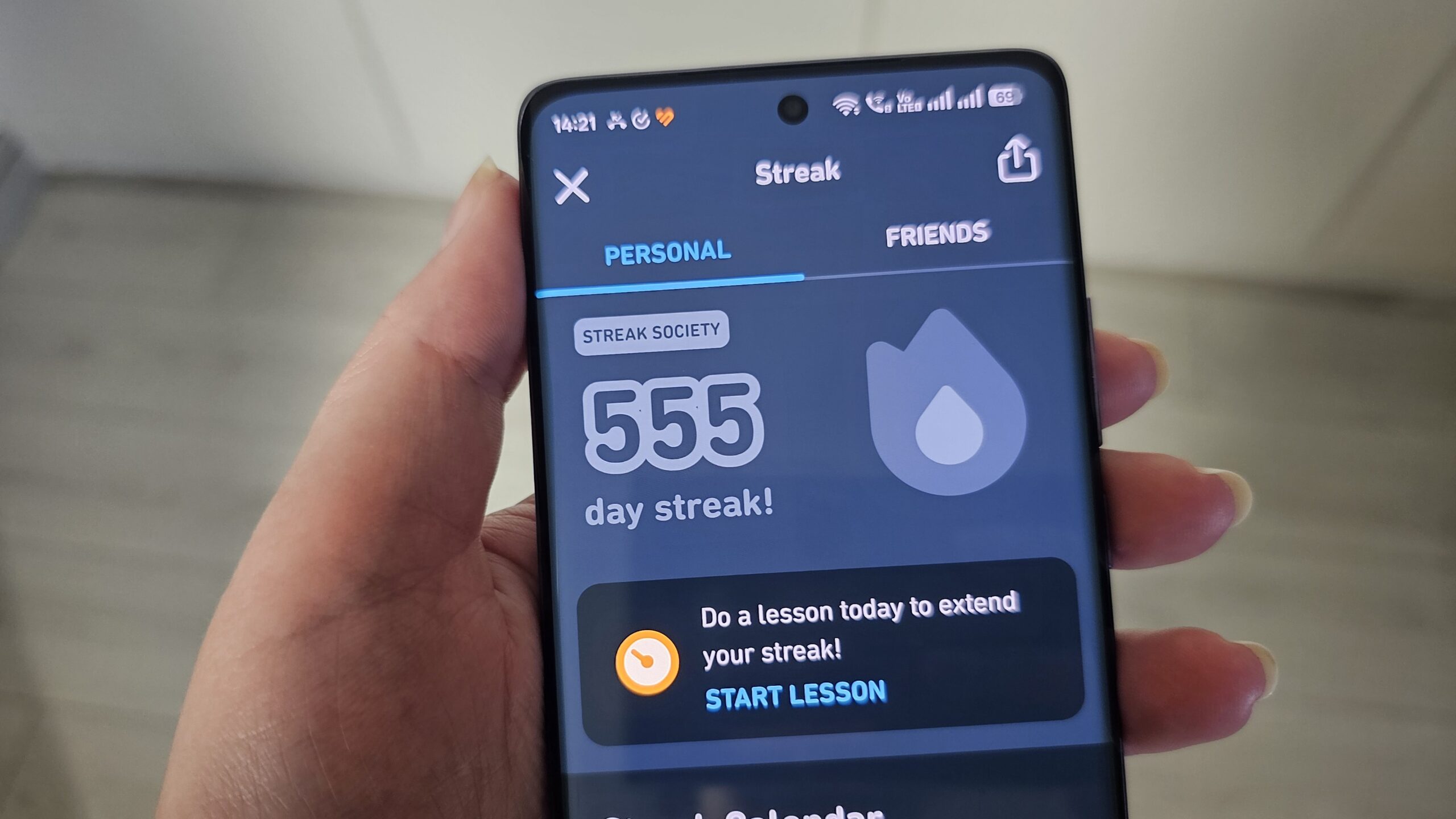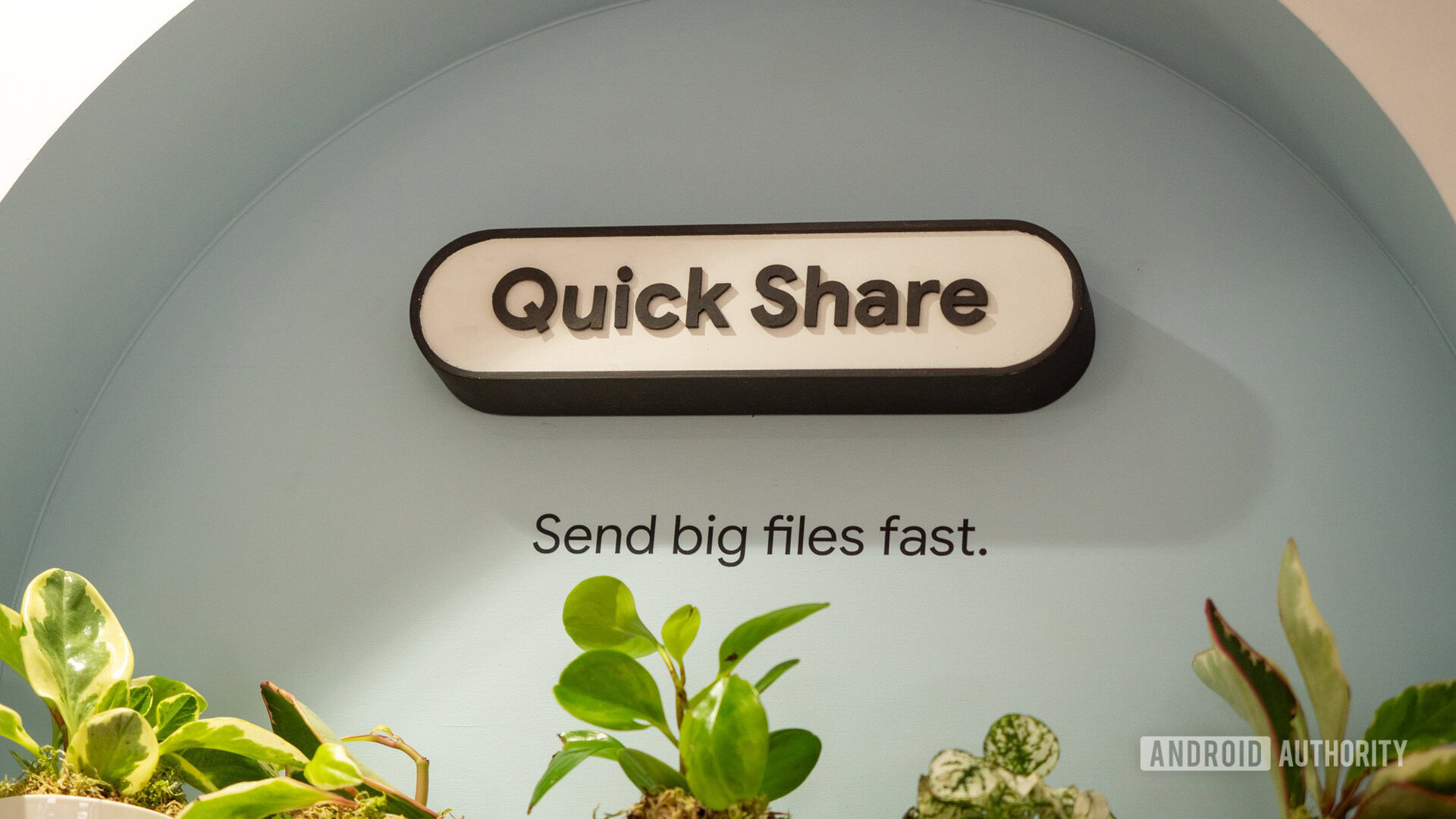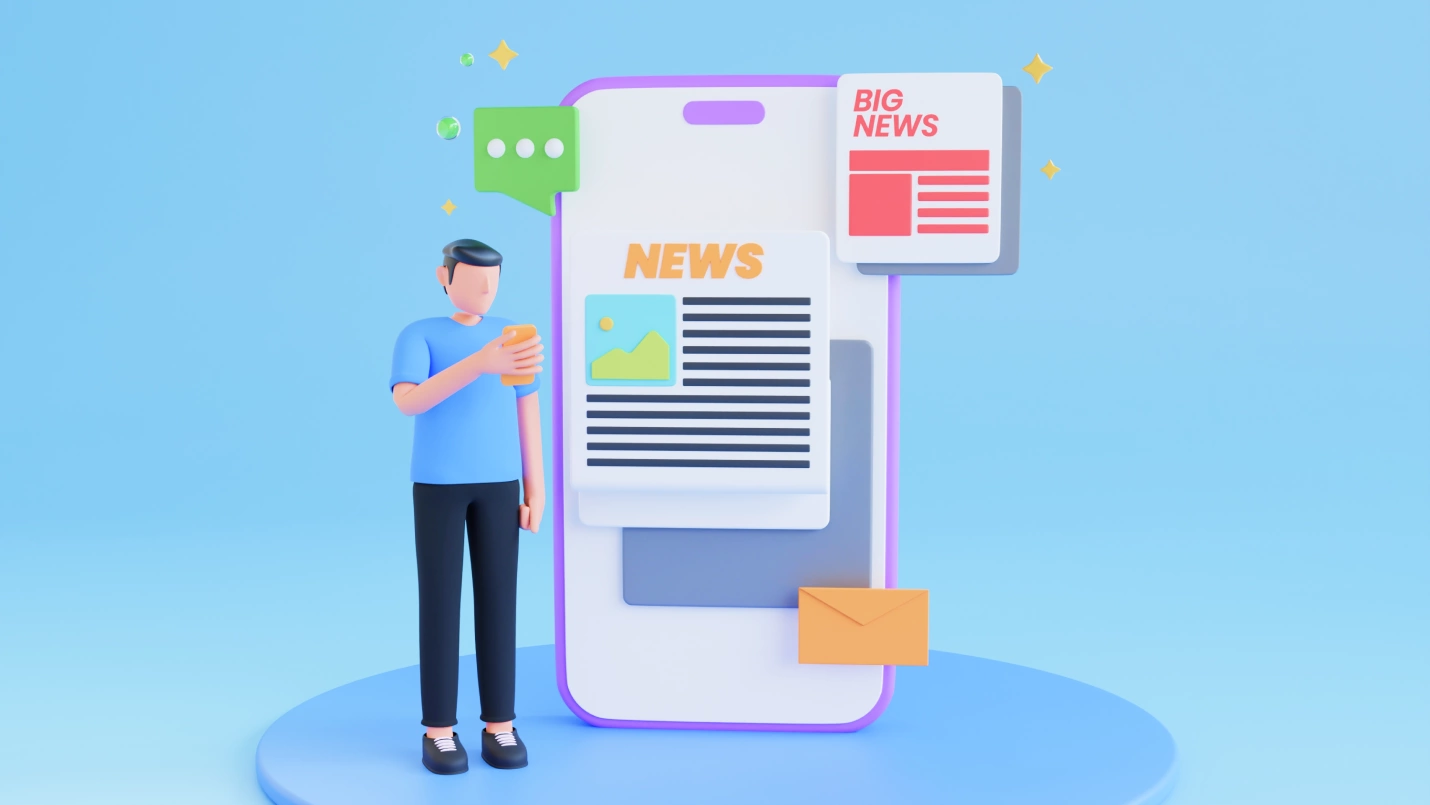What is the Waze business model?
Curious about how Waze makes money? Explore the innovative Waze business model that revolutionized navigation apps. Learn more here!

Waze, a popular GPS navigation app, has become a household name for drivers seeking real-time traffic updates, navigation, and route optimization. Since its launch in 2008, Waze has carved out a unique position in the market with its community-driven approach, leveraging crowdsourced data to provide up-to-the-minute information about traffic conditions, road hazards, and more. Acquired by Google in 2013, Waze Business Model continues to grow, with millions of active users worldwide. But how does this free app generate revenue? In this blog, we will delve into Waze’s business model, its key revenue streams, and how it continues to thrive in a competitive market.
Understanding Waze: A Community-Driven Platform
How Waze Works
Waze is not your typical GPS navigation app. It stands out by utilizing real-time data provided by its users, referred to as “Wazers,” to give live updates on road conditions, accidents, speed traps, and more. Every Wazer can report incidents, helping others on the road avoid congestion and delays. The app aggregates this data and provides the most efficient route based on current conditions. As a result, Waze can offer a highly personalized and accurate navigation experience that appeals to drivers.
The Role of Crowdsourcing in Waze’s Success
Crowdsourcing lies at the heart of Waze’s functionality. Rather than relying solely on official data from government agencies or other sources, Waze empowers its users to share real-time information. This creates a more dynamic and responsive system compared to traditional GPS apps. The more users contribute, the more valuable and accurate the platform becomes. As a result, Waze has created a self-sustaining ecosystem where user participation drives the app's success.
Waze’s Core Features
Real-Time Navigation
The core service Waze provides is real-time navigation, powered by GPS technology and enhanced by user contributions. Wazers receive turn-by-turn directions to their destination, with routes optimized based on current traffic conditions. The app is designed to minimize travel time and help drivers avoid common roadblocks like accidents, road closures, and police checkpoints.
User-Generated Reports
Waze users can easily report various road conditions directly within the app. These reports can include traffic jams, accidents, road hazards, and speed traps. As users continue to submit data, the platform adjusts routes and provides updates to other drivers in real-time. This participatory element has made Waze highly popular among drivers who value real-time insights.
Social and Community Features
In addition to navigation, Waze offers social features that encourage user interaction and community building. Users can connect with friends, share their location, and even send notifications about their estimated time of arrival. Waze’s leaderboard system also gamifies the experience, rewarding users who contribute frequently with points and status levels.
How Does Waze Make Money?
Advertising as the Primary Revenue Stream
Waze is free for users, so its primary revenue stream comes from advertising. The app uses a location-based advertising model, allowing businesses to target drivers based on their geographical location and driving patterns. This model is highly effective, as it allows businesses to engage with potential customers when they are near a store or at a relevant moment during their drive. Waze’s advertising platform is designed to offer businesses a way to reach a captive audience in a non-intrusive manner.
Waze Ads (Location-Based Advertising)
Waze Ads is the core advertising product offered by the company. These are location-based ads that appear as small, non-intrusive pins on the user’s map. The ads are highly relevant because they are displayed based on the driver’s proximity to a business. For example, a driver approaching a coffee shop may see an ad for a discount or promotion, encouraging them to stop by. These ads can be customized to show up when drivers are at a particular distance from a business, during specific times of the day, or on certain days of the week.
Waze Ads are particularly effective for businesses that rely on local foot traffic, such as restaurants, gas stations, and retail stores. The ads appear directly on the user’s navigation screen, making it easy for businesses to target customers who are already on the road. For drivers, the ads are unobtrusive and appear as part of the navigation interface.
Promoted Search Results
Another key feature of Waze’s advertising platform is promoted search results. When users search for a destination within the app, businesses can pay to have their location promoted at the top of the search results. For instance, if a user searches for "gas station," a sponsored result for a specific gas station brand might appear at the top of the list. This feature helps businesses increase their visibility and drive foot traffic.
Zero-Speed Takeovers
Zero-speed takeovers are full-screen ads that appear when a driver comes to a complete stop, such as at a red light. These ads are designed to capture the driver’s attention during idle moments, ensuring they do not distract the driver while the vehicle is in motion. This ad format is particularly effective for increasing brand awareness, as it occupies the entire screen and provides a clear call to action.
Data Licensing and Partnerships
While advertising is the primary revenue driver for Waze, the company also generates income through data licensing and partnerships. Waze’s vast amount of traffic data is valuable to municipalities, traffic management companies, and organizations looking to optimize traffic flow or plan infrastructure projects. By licensing this data, Waze helps cities and governments improve traffic management while generating additional revenue.
Waze for Cities Program
Waze partners with local governments through its Waze for Cities program, which allows municipalities to access the platform’s traffic data for free in exchange for sharing real-time road closure and traffic incident information with Waze. This partnership is mutually beneficial: cities can better manage traffic conditions, while Waze users receive more accurate data. Although this program is free for cities, it has helped Waze establish valuable relationships that could lead to future monetization opportunities through data services.
Carpooling Feature
Waze also experimented with a carpooling feature, which allows users to carpool with others heading in the same direction. While not a direct revenue stream in its current form, the carpooling feature aligns with Waze’s mission of reducing traffic congestion and optimizing routes. In the future, this feature could potentially be monetized through ride-sharing partnerships or subscription services.
Competitive Advantage: Why Waze’s Model Works
Crowdsourcing and Community Engagement
The success of Waze’s business model is largely due to its ability to harness the power of crowdsourcing. Unlike traditional GPS navigation apps that rely solely on fixed data sources, Waze’s community-driven approach allows it to provide more accurate, real-time information. The app’s community of active users continually feeds the platform with valuable data, making it more reliable and dynamic than its competitors.
Non-Intrusive, Contextual Advertising
Another reason for Waze’s success is its advertising model. By focusing on non-intrusive, contextual ads, Waze avoids the pitfall of annoying users with irrelevant or distracting promotions. Instead, ads appear as part of the navigation experience, making them more likely to be well-received by users. Businesses, in turn, benefit from highly targeted advertising that reaches potential customers at the right time and place.
Integration with Google
Since its acquisition by Google, Waze has benefitted from access to Google’s resources, including its mapping technology and vast advertising network. This integration has allowed Waze to expand its reach and continue developing new features, while still maintaining its independent identity. Google has also helped Waze refine its advertising platform, making it an even more attractive option for businesses looking to target local customers.
The Future of the Waze Business Model
Expansion of Advertising Options
As Waze continues to grow, the company will likely expand its advertising offerings. This could include more sophisticated targeting options, partnerships with larger brands, and the introduction of subscription-based services for users who want an ad-free experience. Waze’s highly engaged user base makes it an attractive platform for advertisers looking to reach a mobile, on-the-go audience.
Monetization of the Carpooling Feature
Waze’s carpooling feature, though still in its infancy, presents a potential revenue stream for the future. As ride-sharing continues to grow in popularity, Waze could monetize this feature through partnerships with other mobility companies or by charging a small fee for the service. This would allow Waze to diversify its revenue streams further and tap into the growing demand for sustainable transportation options.
Conclusion
Waze’s business model demonstrates how a free app can generate significant revenue through advertising and data partnerships. By focusing on a community-driven approach and leveraging user-generated data, Waze provides valuable services to drivers while offering businesses highly targeted advertising opportunities. The app’s non-intrusive ads, along with its expanding partnership network, ensure its strong position in the GPS navigation space. An on-demand app development company can take inspiration from Waze's success to create apps that balance user engagement with effective monetization strategies.
What's Your Reaction?
 Like
0
Like
0
 Dislike
0
Dislike
0
 Love
0
Love
0
 Funny
0
Funny
0
 Angry
0
Angry
0
 Sad
0
Sad
0
 Wow
0
Wow
0





















































